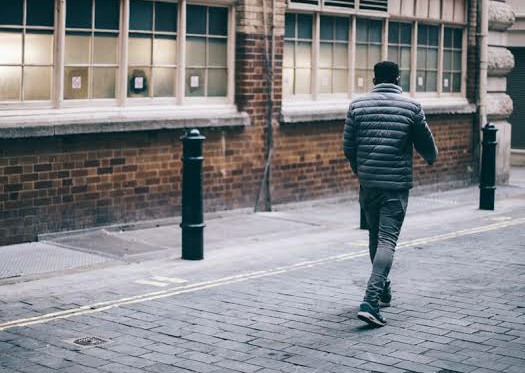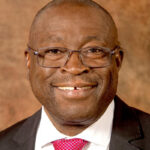Report Says Most People In SA Feel Secure When They Are Walking Alone. In the financial year of 2018/2019 there were an approximate 12 000 murders in South Africa, 0.07% of homes were impacted by the murders.
In the financial year of 2018/2019 there were an approximate 12 000 murders in South Africa, 0.07% of homes were impacted by the murders. The results are released by the ‘The Victims of Crime ‘ report on Thursday. The results looked at events involving hijackings and household robberies.
The Statistician-General of South Africa, Risenga Maluleke, on the ‘Victims of Crime’ report stated that the impacted homes reported the instances of murder to the authorities. He states that there were 32 000 murders during the same era, according to the police information. “The main reason for the huge gap between GPSJS [Governance, Public Safety and Justice Survey] estimated of murder and the police statistics is that the GPSJS estimates are based on murders that are known to households. The police handles murders that may not be known to households such as murders of homeless people, immigrants, temporary visitors and gang-related murders,” says the Statistician-General.
According to Risenga Maluleke, there were approximately 580 000 instances of street robbery within the 2018/2018 financial year, which impacted 1% of individuals by the age of 16 and over. The Statistician-General also added that males were twice more likely as females to be victims of street robbery. Risenga Maluleke says, “Similarly, people living in metropolitan areas were more likely to be victims of street robbery than those living in non-metros.” The Western Cape had the largest percentage of individuals at the age of 16 and over who were victims of street robbery at 1.9% as compared to other regions. The weapons that were mostly used were knives with a percentage of 62% and guns with a percentage of 37%. “The report indicates that the percentage of people who felt safe walking alone in their areas during the day increased from 79% in 2017/18 to 82% in 2018/19,” says Risenga Maluleke.
The Statician-General stated that the ones who felt secure walking at night rised from 29% in 2017/18 to 83% in 2018/19. Men felt more secure than women during the day and at night. Those in rural places felt more secure with a percentage of 24% than the ones in urban places with a percentage of 15% and metro places with a percentage of 8% during the day. Approximately 45% of individuals in metro areas didn’t feel secure at night as compared to the ones in urban places with a percentage of 42% and the ones at rural places with a percentage of 39%.
by Alexandra Ramaite












